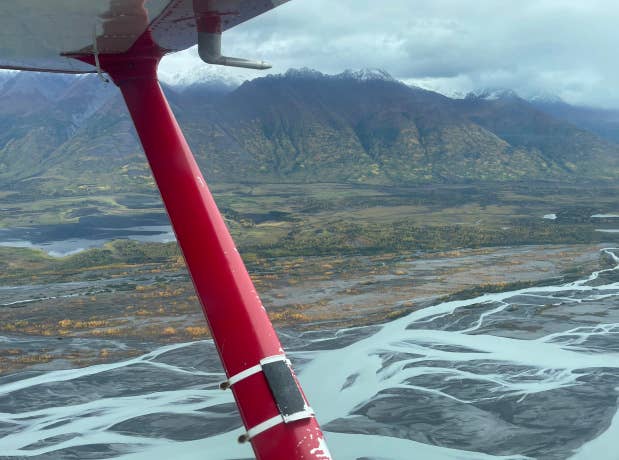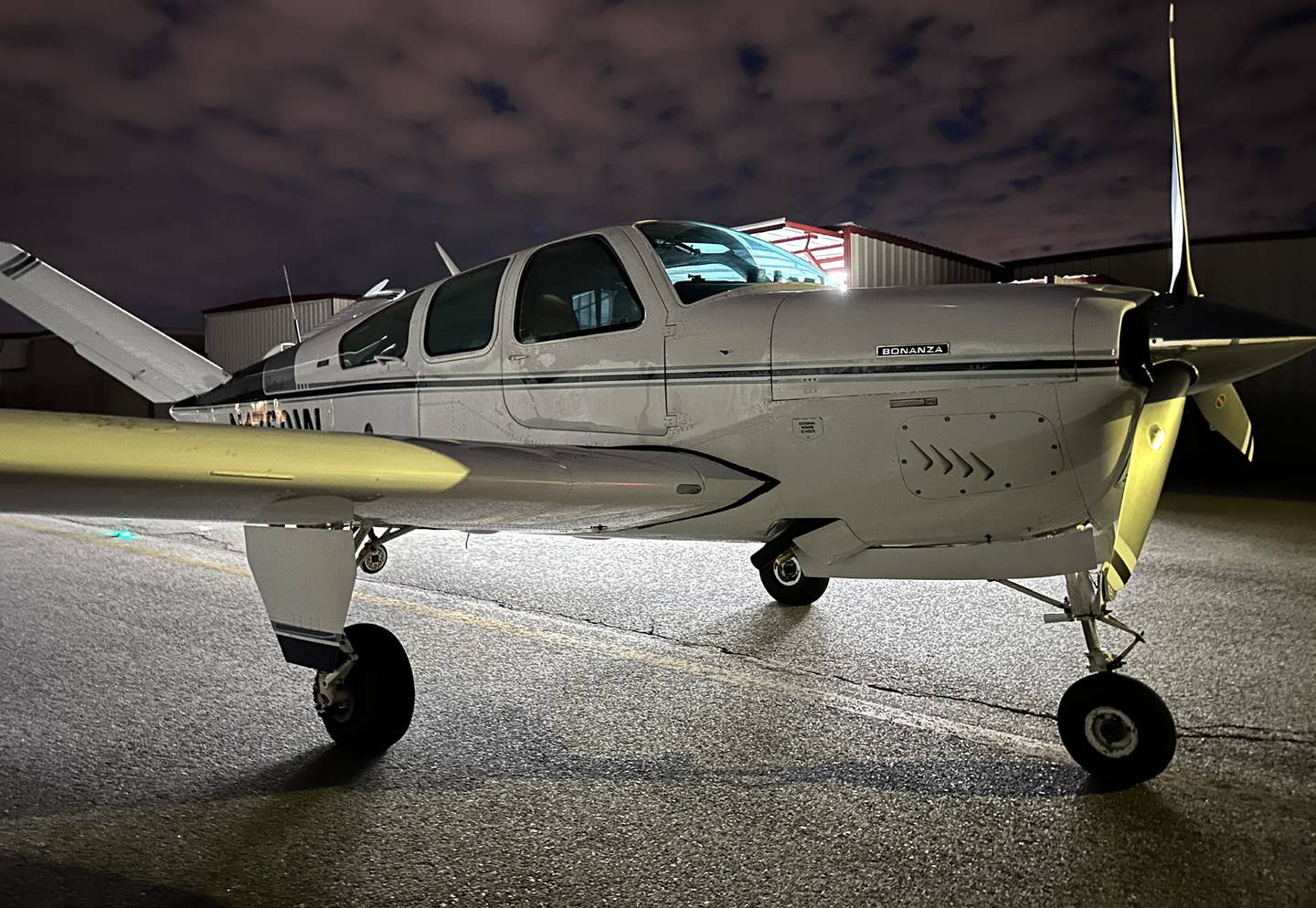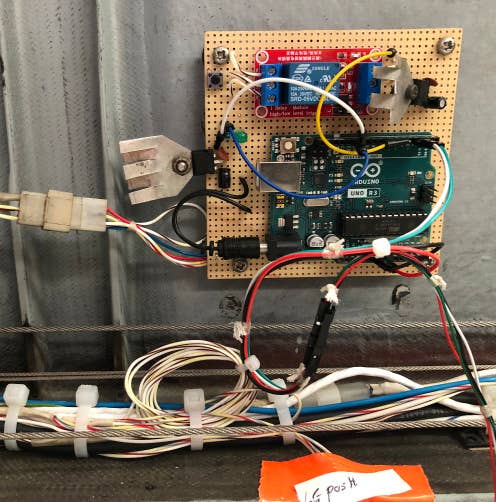Explaining the Fiction of Minimum Speed
There are many implausible claims about airspeed that should be understood.

According to the operating handbook, the An-2 has no stall speed. [Leonardo Correa Luna]
The lowest airspeed at which an ordinary fixed-wing airplane can fly is almost entirely determined by two numbers.
One of them is the wing loading, that is, the airplane’s weight divided by its wing area. The other is the maximum lift coefficient of the wing, which coincides with its stalling angle of attack.
If you're not already a subscriber, what are you waiting for? Subscribe today to get the issue as soon as it is released in either Print or Digital formats.
Subscribe NowExtreme aircraft—ones with extremely high thrust-to-weight ratios, for instance, or powered lift—are exempt from this rule, but they form a small minority.
“Lift coefficient” may be a discouraging term for the mathematically challenged, but it’s simply the ratio between the amount of lift a wing produces and the dynamic pressure of the air striking it. The dynamic pressure of moving air is what you feel when the wind blows or when (if you are a dog) you stick your head out of the window of a moving car.
The word “dynamic” is added to distinguish this kind of impact pressure from the ambient, or “static,” atmospheric pressure. At sea level, dynamic pressure in pounds per square foot (psf) is equal to .0026 times the speed (in mph) squared (use .0034 for knots).
The greatest lifting force a wing can produce per unit of area is the product of its maximum lift coefficient and the available dynamic pressure. Therefore, the lowest speed at which a wing can stay aloft is the speed at which dynamic pressure is equal to the wing loading divided by the maximum lift coefficient.
Notwithstanding the simplicity of this relationship, people never cease telling tall tales about stalling speeds. I ran across this example in a Wikipedia article about the Antonov An-2, the big radial-engined biplane that was once as ubiquitous in Russia as the Cessna 172 is here:
“According to the operating handbook, the An-2 has no stall speed. A note from the pilot’s handbook reads: ‘If the engine quits in instrument conditions or at night, the pilot should pull the control column full aft and keep the wings level. The leading-edge slats will snap out at about 64 km/h (40 mph) and when the airplane slows to a forward speed of about 40 km/h (25 mph), the airplane will sink at about a parachute descent rate until the aircraft hits the ground.’”
Parenthetically, the reason the An-2 “has no stall speed” is not that it is able to stand still in the air but that its elevator does not have sufficient authority to raise the nose to the point where the wing will stall.
Like the Helio Courier, the SOCATA Rallye, and many other STOL airplanes, the An-2 has automatic leading-edge slats that pop out at low speed to squirt high-velocity air back along the upper surface of the wing and thereby delay the stall. In addition to its leading-edge slats, the An-2 has full-span slotted flaps—the outer segments of the upper wing’s flaps double as ailerons.
There’s nothing magical about this combination of high lift devices. Its properties, along with those of a slew of other combinations of slats, flaps and slots, were pretty thoroughly documented in 1932 in NACA’s Technical Report 427. Its authors, incidentally, included Fred Weick, who would go on to design another airplane whose limited elevator authority made it hard to stall: the Ercoupe.
- READ MORE: The Craft of Providing Variety in Airplanes
Your results may vary, but TR 427 reported that the leading-edge slat allowed the wing to gain another 7 degrees of angle of attack before stalling, and its maximum lift coefficient rose from around 2.0 to 2.25. It’s noteworthy that the increase in stalling angle of attack from 12 to 19 degrees was proportionally much larger than the gain in maximum lift coefficient: The slat delays the stall more than it increases the lift.
The actual maximum lift coefficient of an airplane is always lower than the “section coefficient” obtained from wind tunnel tests. But let us charitably assume that the An-2 really does achieve a maximum lift coefficient of 2.25. What is its minimum speed?
Its wing area is 770 square feet and its gross weight 12,000 pounds, so its wing loading is around 15 psf. Dividing by 2.25, we find that a dynamic pressure of 6.7 psf is needed to keep it aloft. The minimum speed of the An-2 is therefore the airspeed at which the dynamic pressure is 6.7 psf.
That speed is 51 mph.
But let’s generously give our An-2 a single occupant, an hour’s fuel, and no cargo. Its weight is now around 8,000 pounds, and the required dynamic pressure is down to 4.5 psf.
The minimum speed is 42 mph.
So where does this 25 mph business come from?
- READ MORE: Looking at the Physics of STOL Drag
Setting aside mendacity and venality, the reason for all physically implausible claims about stalling speeds is airspeed indicator error. Pitot-static systems in airplanes are unreliable at low speeds, in part because the instruments are not optimized for accuracy at very low dynamic pressures, but also because pitot tubes go astray when wind hits them at an angle.
The prayerful An-2 pilot holding the yoke all the way back sees the ASI needle trembling around 20 mph, and that is the stalling speed that he reports. The aeronautical engineer knows this is nonsense, but he doesn’t want to spoil the fun and so he stays mum.
Power, to be sure, affects stalling speed. Prop wash over the wings increases their lift, but in a single-engine airplane like the An-2 the propwash affects only a small fraction of the wing area. Tilting the thrust vector upward also helps. If the An-2 is flown at an angle of attack of 19 degrees, a third of its 1,000 hp engine’s thrust acts upward. But this will still not bring the speed down to 20 mph, where the dynamic pressure is only 1 psf.
Illusions about extremely low stall speeds are encouraged by airshow flying, in which the effect of wind can be mistaken for a property of the airplane. Confusion between airspeed and ground speed is endemic to aviation, and the Wikipedia article on the An-2 contains an example:
“...Pilots of the An-2 have stated that they are capable of flying the aircraft in full control at 48 km/h (30 mph)...This slow stall speed makes it possible for the aircraft to fly backwards relative to the ground: if the aircraft is pointed into a headwind of roughly 56 km/h (35 mph), it will travel backwards at 8 km/h (5 mph) whilst under full control.”
As an occasional editor of Wikipedia articles, I was tempted to delete this silly paragraph entirely. But why deny another reader a chuckle? Perhaps, to more vividly emphasize the remarkable properties of the An-2, I could just emend it to read, “...if the aircraft is pointed into a 150 km/h (92 mph) gale, it will travel backwards at 102 km/h (63 mph)—whilst under full control!”
This column first appeared in the September Issue 950 of the FLYING print edition.

Sign-up for newsletters & special offers!
Get the latest FLYING stories & special offers delivered directly to your inbox







